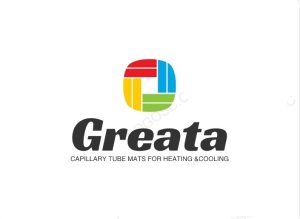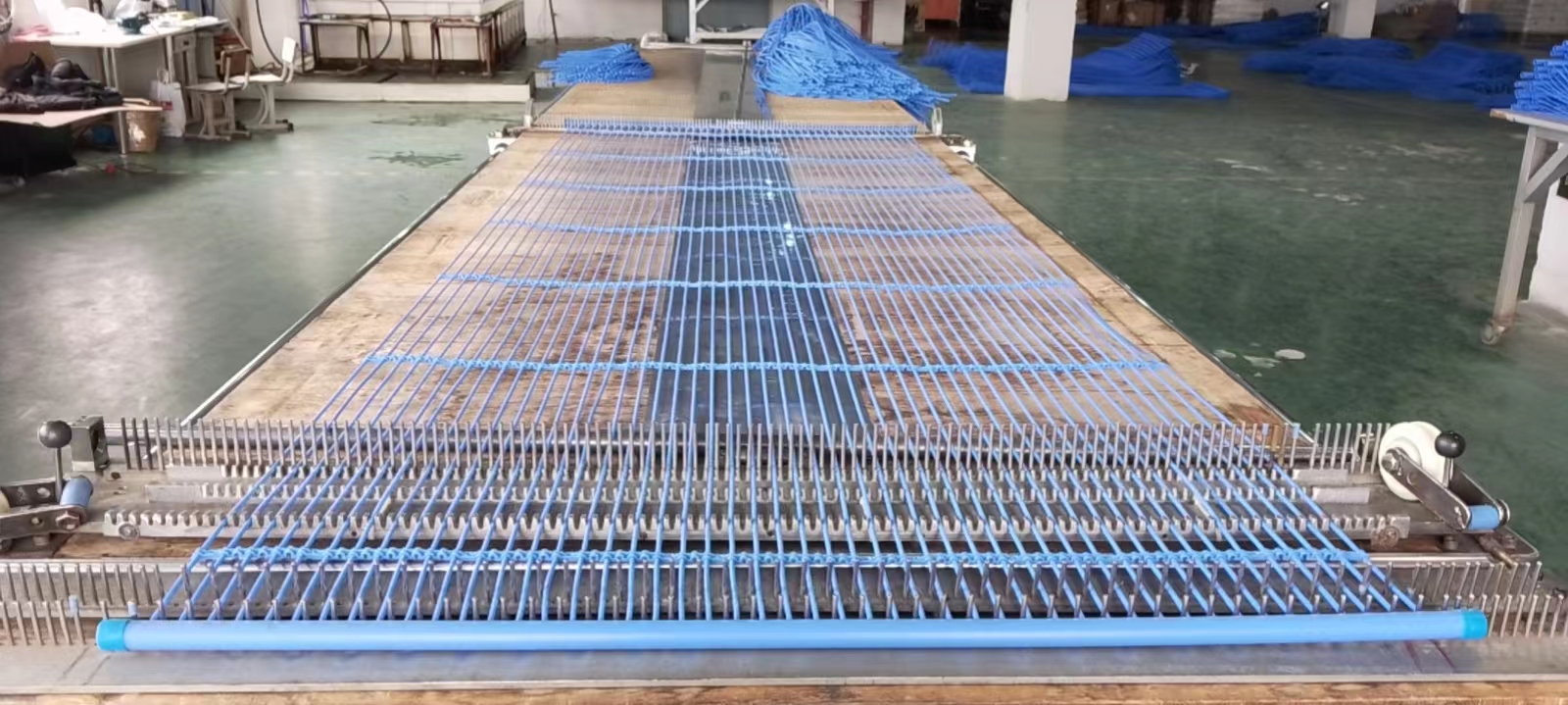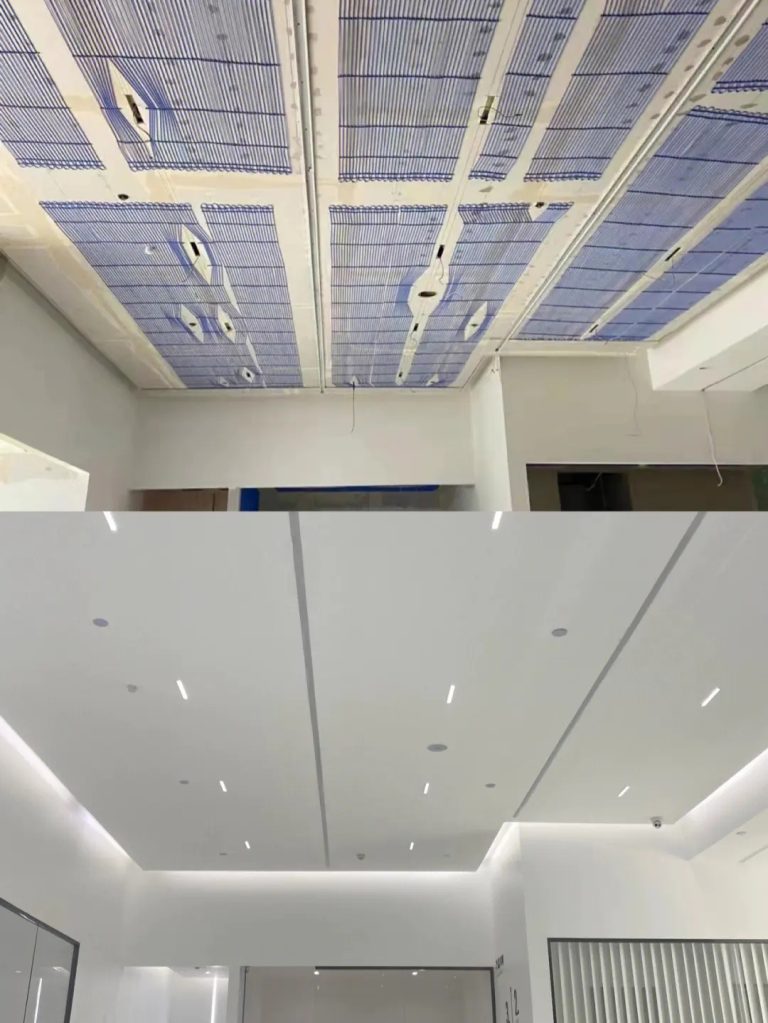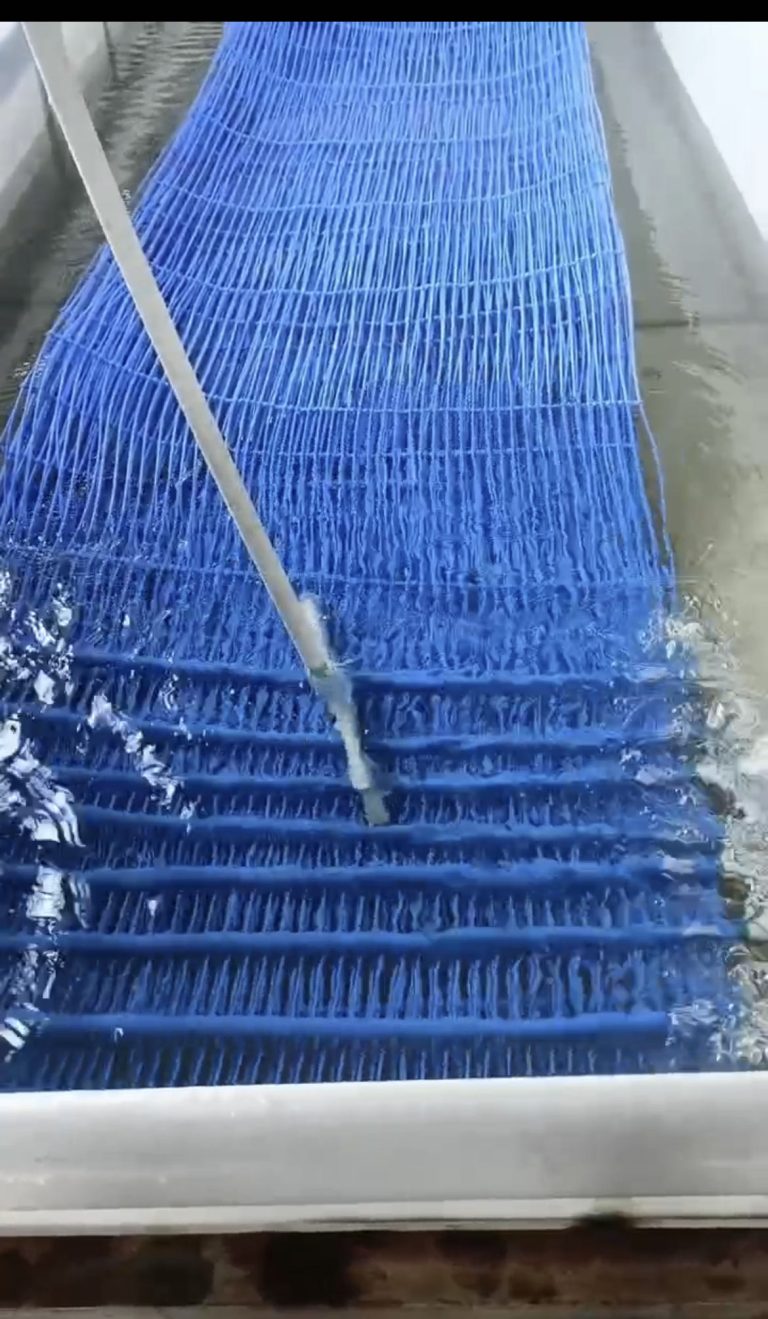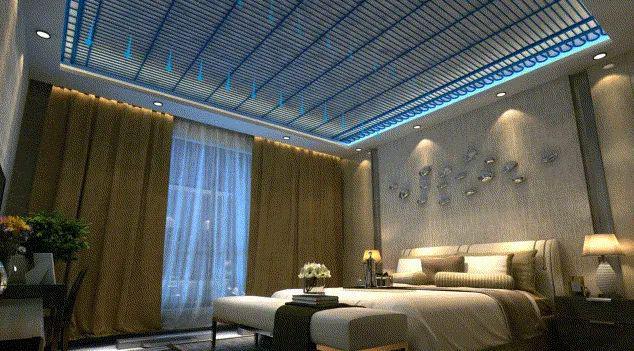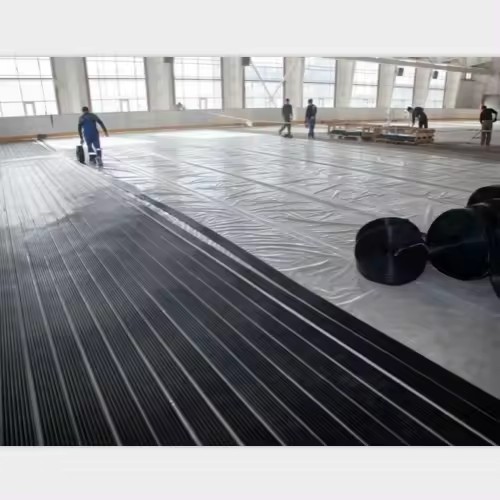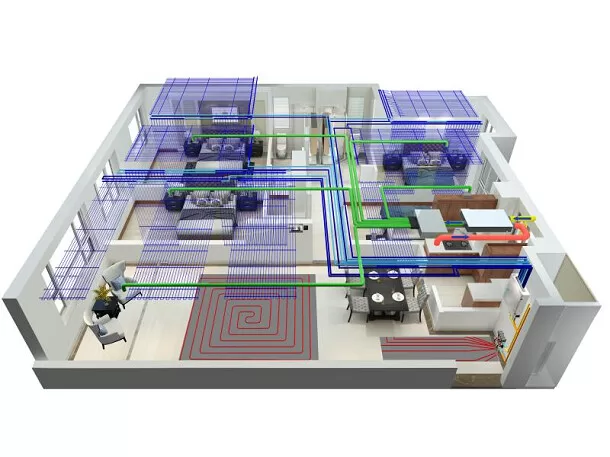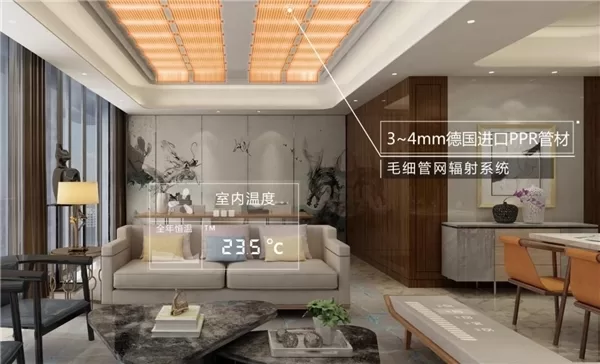

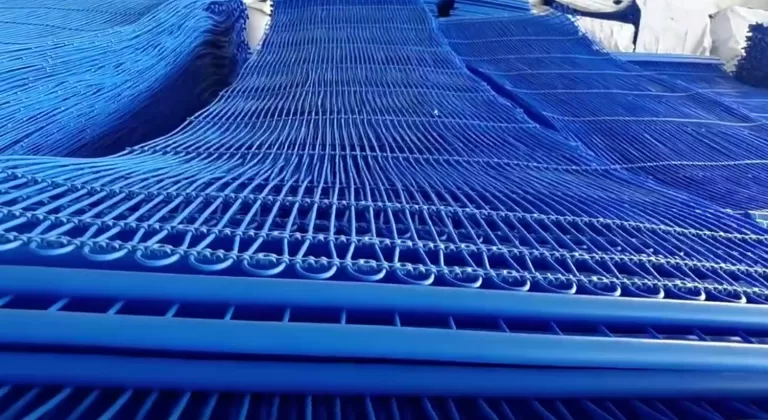

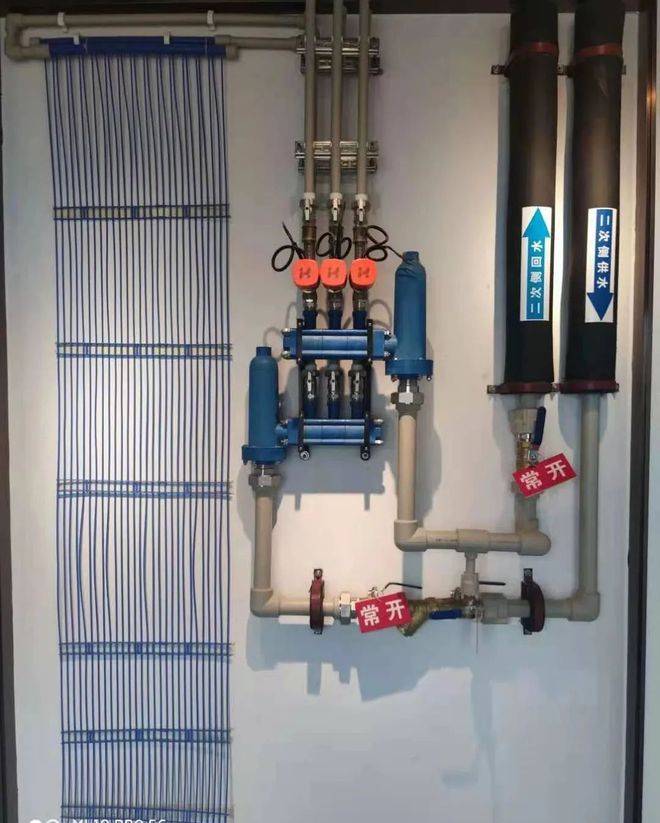
Radiant heat exchange technology
Cooling system radiant heat exchange technology refers to the use of radiant heat exchange methods to transfer heat from the surrounding environment to cool down a system or space.
Radiant heat exchange involves the transfer of heat through electromagnetic waves, mainly through infrared radiation. In cooling systems, this technology is utilized to absorb heat from a system and release it into the environment without the need for a physical medium, such as air or water.
There are various applications of cooling system radiant heat exchange technology, including:
- Radiant cooling systems: These systems utilize radiant panels, typically installed in ceilings or walls, to absorb heat from the room and provide cooling. The panels maintain a low surface temperature, allowing them to radiate heat to the surrounding environment.
- Radiant floor cooling: Similar to radiant cooling systems, but in this case, the cooling panels are installed in the floor. They absorb heat from the space and are particularly effective in cooling large areas, such as commercial buildings.
- Heat exchangers: Radiant heat exchange technology can also be used in heat exchangers to transfer heat from one fluid to another without direct contact. The heat exchanger absorbs heat from a hot fluid and releases it to a cooler fluid through radiant heat transfer.
Advantages of cooling system radiant heat exchange technology include:
- Improved energy efficiency: Radiant heat exchange technology can reduce energy consumption by eliminating the need for fans or pumps to circulate air or water for cooling.
- Increased comfort: Radiant cooling systems provide a more even distribution of cooling compared to traditional air conditioning systems, resulting in improved comfort for occupants.
- Reduced noise levels: Unlike systems that rely on fans or pumps, radiant cooling technology operates silently, reducing noise levels in buildings or spaces.
- Compatibility with renewable energy sources: Radiant heat exchange technology can be easily integrated with renewable energy sources, such as solar power, to further reduce energy consumption and environmental impact.
While cooling system radiant heat exchange technology offers several benefits, it also has some limitations. These include higher installation costs compared to conventional cooling methods and limited cooling capacity in extremely high-temperature environments.
Overall, this technology presents an innovative and energy-efficient approach to cooling systems, making it a promising option for various applications in residential, commercial, and industrial settings.
The Hydro capillary radiant water capillary tube mats cooling technology provides air cooling in a different way.
- The circulating water is continuously pumped to the chiller, cooled and pumped back to the ceiling through the water capillary mats.
- Suitable for new buildings and building renovation – residential and office buildings, shopping centres, hotels, industrial buildings, etc.
- Quick installation by trained and qualified personnel.
- 80 – 90% of the ceiling area can be used for the installation of water capillary mats.
- Radiant cooling ceilings (with plaster, lined with ploasterboard, metal panels or decorative grid) and built-in water capillary mats connected to a single system, contain cooled water at a temperature of +16–17°C.
- A ceiling panel acts as a heat exchange element between the indoor air and cooled water in the water capillary mats.
- The ceiling absorbs heat from the heat sources in the room, exchanging the circulating cooled water.
- The radiant heat exchange technology is a particularly comfortable and energy-efficient solution for room cooling.
Read more about installation options
Water Greata capillary mats clearly outperform conventional air conditioning
Water capillary mats achieve an optimal indoor climate but need a minimum of energy and space, whilst conventional air conditioning systems reach their limits!
Type
Water capillary mats
Conventional air conditioning unit
Energy consumption
50 W (20%)
250 W (100%)
Cooling load
3 kW
3 kW
Comfort level
Hight, even, constant
Low and uneven (draught, noise, bacteria)
Space requirement
Low (pipes, capillaries)
High (channels)
Benefits of the Hydro Capillary cooling system
Studies have shown that people working in rooms cooled by water capillary mats feel better and are more productive.
Low temperature cooling system
sufficient flow temperature of +16-18°C, due to the large area coverage with capillary tubes
No cold air flow
no draught or uneven cold air flow in the premises
Reduce the circulation of indoor dust, viruses, and bacteria
Significantly reducing the spread of dust, viruses, and bacteria through air flow is particularly important in limiting the spread of COVID-19.
Compatible with natural water sources
possible to use groundwater and surface water bodies (river, lake, pond, etc.) as cold energy sources
Cost savings in long time
excellent cost savings combined with various types of heat pumps
Adaptability
capillary tube mats can be installed stretched under a decorative grid, without finishing (industrial look) or under plaster, plasterboard, tiles, etc.
Extensive installation options
can be installed on the ceiling or walls and in combination with a room heating system
Read more about the heating system ›
